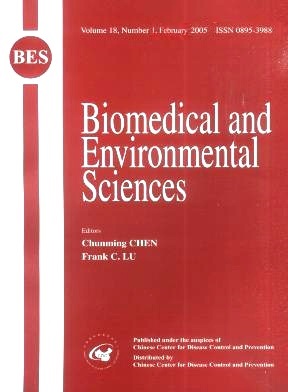Environmental Efficiency Analysis of China's Vegetable Production
-
Key words:
- Vegetable production /
- Stochastic translog frontier /
- Environmental efficiency /
- Elasticities
Abstract: Objective To analyze and estimate the environmental efficiency of China's vegetable production. Methods The stochastic translog frontier model was used to estimate the technical efficiency of vegetable production. Based on the estimated frontier and technical inefficiency levels, we used the method developed by Reinhard, et al.[1] to estimate the environmental efficiency. Pesticide and chemical fertilizer inputs were treated as environmentally detrimental inputs. Results From estimated results, the mean environmental efficiency for pesticide input was 69.7%, indicating a great potential for reducing pesticide use in China's vegetable production. In addition, substitution and output elasticities for vegetable farms were estimated to provide farmers with helpful information on how to reallocate input resources and improve efficiency. Conclusion There exists a great potential for reducing pesticide use in China's vegetable production.
| Citation: | Tao ZHANG, BAO-DI XUE. Environmental Efficiency Analysis of China's Vegetable Production[J]. Biomedical and Environmental Sciences, 2005, 18(1): 21-30. |







 Quick Links
Quick Links
 DownLoad:
DownLoad: